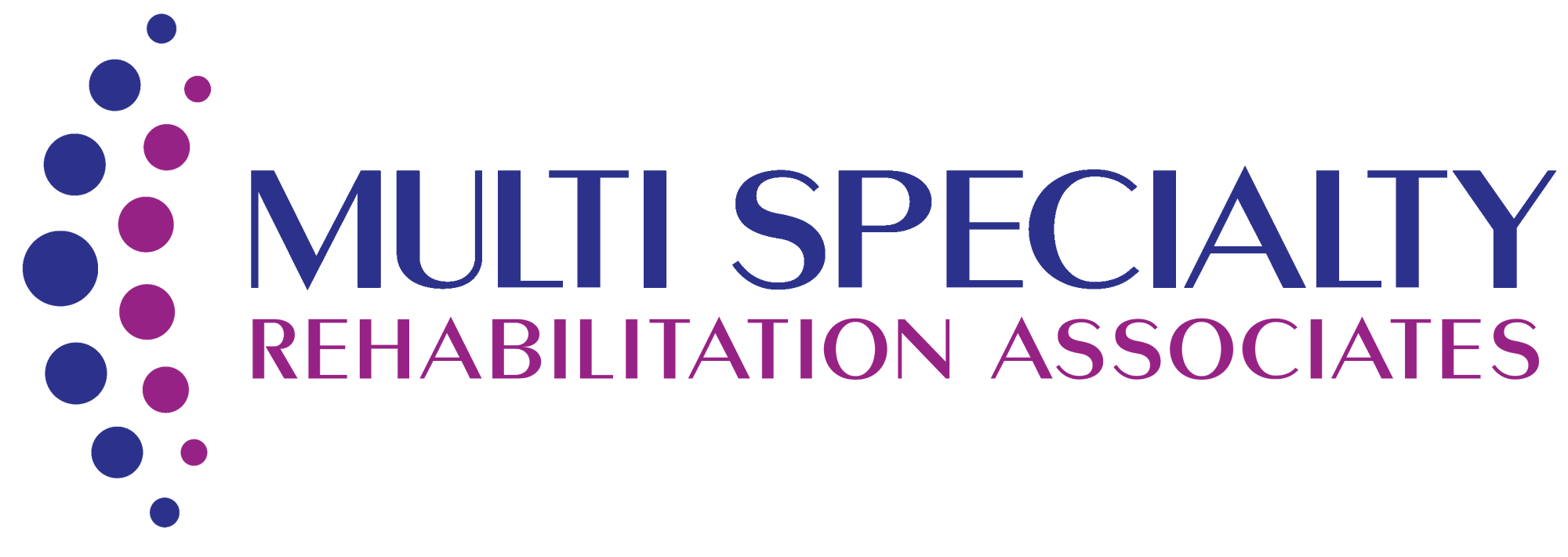(FAQ) About Physical Therapy
What is physical therapy?
Physical therapy (PT) is a healthcare specialty focused on helping patients improve movement, manage pain, and restore function after an injury, surgery, or illness. It involves exercises, manual therapy, education, and the use of therapeutic devices.
What conditions do physical therapists treat?
Physical therapists treat a wide range of conditions, including:
- Musculoskeletal injuries (e.g., sprains, strains, fractures)
- Post-surgical rehabilitation (e.g., after joint replacement or spinal surgery)
- Arthritis
- Back and neck pain
- Sports injuries
- Neurological conditions (e.g., stroke, Parkinson’s disease, multiple sclerosis)
- Balance and gait issues (e.g., after a fall or due to aging)
- Chronic pain conditions (e.g., fibromyalgia)
- Pediatric conditions (e.g., developmental delays)
What happens during a physical therapy session?
During your first session, the physical therapist will:
- Conduct an evaluation: Review your medical history, discuss your symptoms, and assess your movement, strength, flexibility, and range of motion.
- Create a treatment plan: Based on the evaluation, the therapist will design a personalized plan to address your specific needs and goals.
- Treatment: May include exercises, manual therapy (such as massage or joint mobilization), stretches, and the use of therapeutic equipment (e.g., heat, ice, ultrasound, electrical stimulation).
How long does physical therapy last?
The length of physical therapy depends on the severity of your condition, your progress, and your treatment goals. Some patients may only need a few weeks of therapy, while others may require several months. Your therapist will regularly assess your progress and adjust your treatment plan as needed.
Do I need a referral from a doctor to see a physical therapist?
In many cases, you do not need a referral from a doctor to see a physical therapist, depending on your location and insurance plan. However, some insurance companies may require a referral for coverage, so it’s a good idea to check with your provider.
How can physical therapy help with pain management?
Physical therapy helps manage pain through:
- Exercises: Strengthening and stretching muscles to relieve tension and reduce pain.
- Manual therapy: Techniques like massage, joint mobilization, and soft tissue manipulation to decrease pain and improve mobility.
- Modalities: Use of heat, cold, electrical stimulation, or ultrasound to reduce inflammation and alleviate pain.
- Posture and movement correction: Addressing improper body mechanics that may contribute to chronic pain.
Can physical therapy prevent the need for surgery?
In some cases, physical therapy can help avoid surgery by improving strength, flexibility, and joint function, reducing pain and inflammation. Conditions like rotator cuff injuries, knee pain, and lower back problems may respond well to physical therapy, potentially eliminating the need for surgery.
What should I wear to my physical therapy session?
In some cases, physical therapy can help avoid surgery by improving strength, flexibility, and joint function, reducing pain and inflammation. Conditions like rotator cuff injuries, knee pain, and lower back problems may respond well to physical therapy, potentially eliminating the need for surgery.
Is physical therapy painful?
In some cases, physical therapy can help avoid surgery by improving strength, flexibility, and joint function, reducing pain and inflammation. Conditions like rotator cuff injuries, knee pain, and lower back problems may respond well to physical therapy, potentially eliminating the need for surgery.
How soon after surgery can I start physical therapy?
In some cases, physical therapy can help avoid surgery by improving strength, flexibility, and joint function, reducing pain and inflammation. Conditions like rotator cuff injuries, knee pain, and lower back problems may respond well to physical therapy, potentially eliminating the need for surgery.
Can physical therapy help with balance and fall prevention?
In some cases, physical therapy can help avoid surgery by improving strength, flexibility, and joint function, reducing pain and inflammation. Conditions like rotator cuff injuries, knee pain, and lower back problems may respond well to physical therapy, potentially eliminating the need for surgery.
How does physical therapy help with sports injuries?
Physical therapy helps athletes recover from injuries by:
- Reducing pain and inflammation
- Restoring strength and flexibility
- Rebuilding endurance and coordination
- Correcting movement patterns that may have led to injury Therapists also provide injury prevention strategies and exercises to avoid re-injury.
Can children benefit from physical therapy?
Yes, children can benefit from physical therapy, especially if they have developmental delays, motor skill issues, or injuries. Pediatric physical therapists help improve movement, coordination, and strength in children with conditions like cerebral palsy, Down syndrome, or muscular dystrophy.
Are physical therapy treatments covered by insurance?
Yes, children can benefit from physical therapy, especially if they have developmental delays, motor skill issues, or injuries. Pediatric physical therapists help improve movement, coordination, and strength in children with conditions like cerebral palsy, Down syndrome, or muscular dystrophy.
How can I maintain progress after completing physical therapy?
To maintain progress after completing physical therapy:
- Continue exercises recommended by your therapist.
- Stay active: Regular physical activity helps keep your muscles strong and flexible.
- Practice good posture: Maintain proper body mechanics to avoid injury.
- Listen to your body: Pay attention to any signs of discomfort and modify activities if needed to prevent strain.

